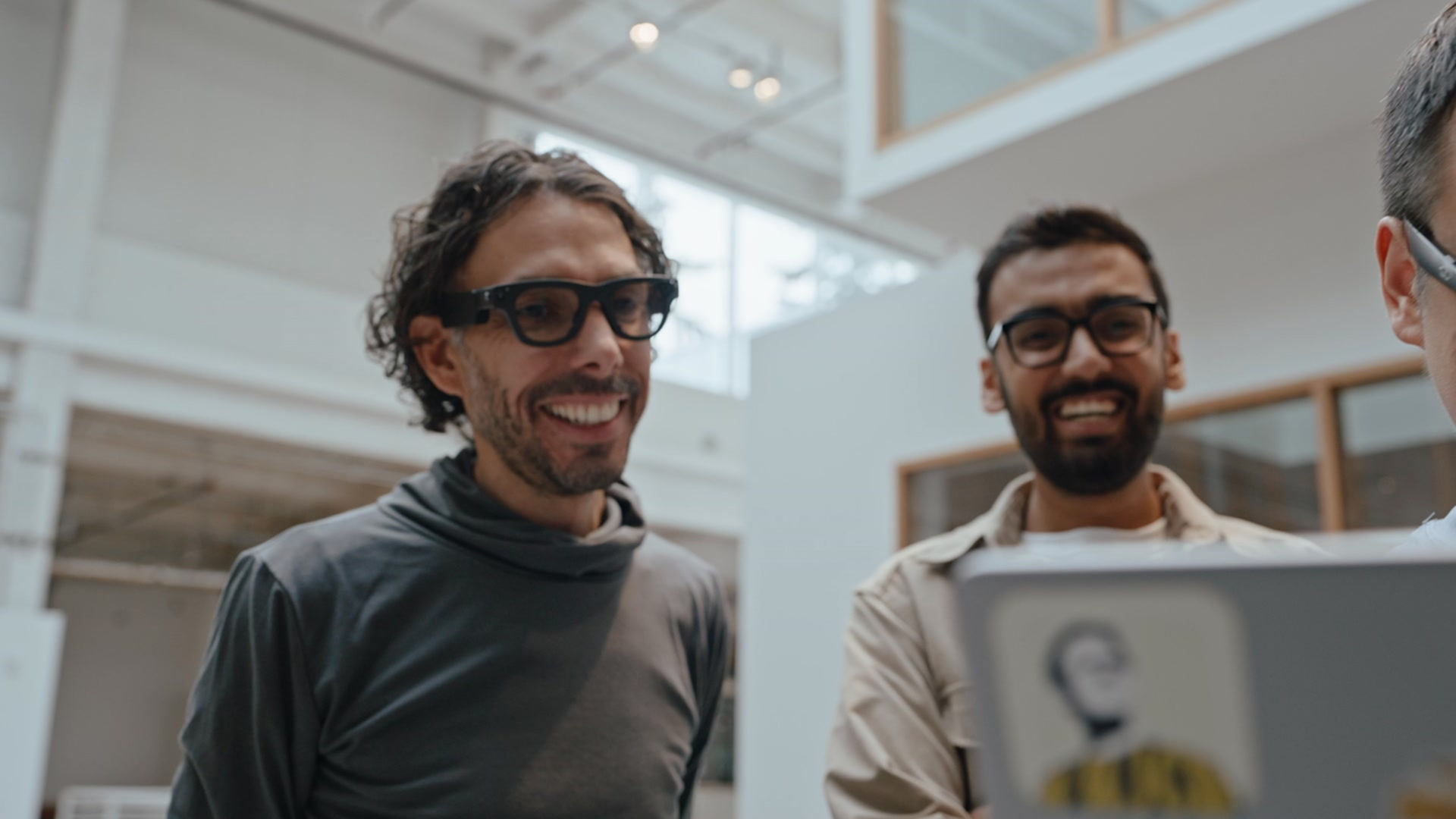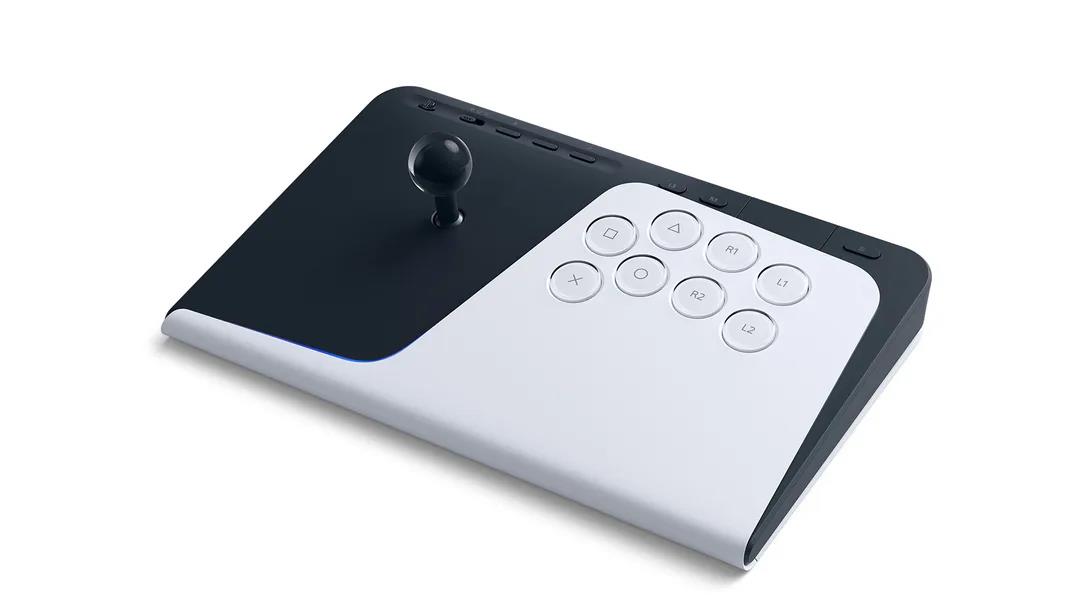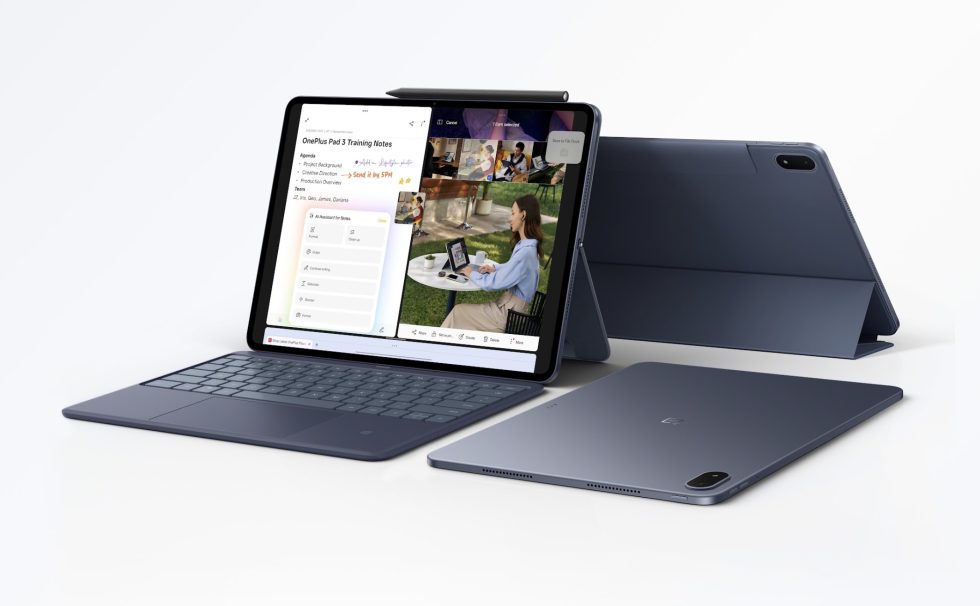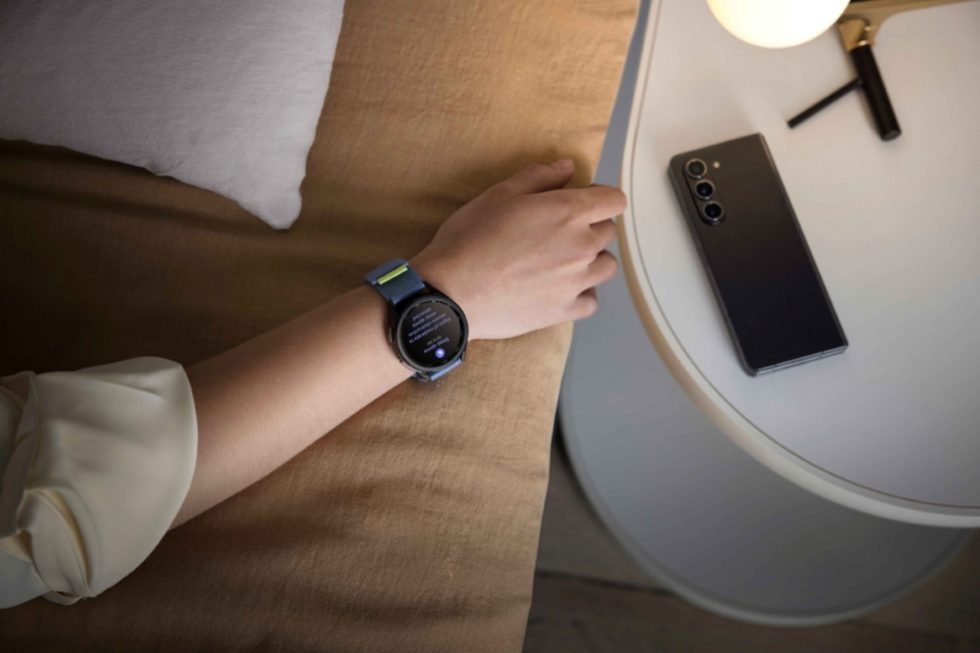A first look inside MillerKnoll’s new million object archive
The magic of an archive often has to do with discovery—of an idea that never made it out of a sketchbook, the behind-the-scenes lore only a handful of confidantes are privy to, and the mundane items that time transforms into holy grails. Now, the field of modern design has a new archive to salivate over, courtesy of MillerKnoll. Composed of over one million objects and held in a 12,000-square-foot facility at MillerKnoll’s headquarters in Western Michigan, the archive includes visible storage; a reading room for researchers; and an exhibition space. There, visitors can spy everything from the streamlined objects Gilbert Rohde designed for the 1933 World’s Fair to prototypes of Robert Propst’s Action Office and pattern-drenched postmodernist chairs by Denise Scott Brown and Robert Venturi. It’s a who’s-who list of modern design history, all under one roof. But the archive—designed in collaboration with the New York-based consultancy Standard Issue—is more than a repository for historic artifacts; it’s something that can help develop new ideas and tell untold stories. “The great excitement for me is not one particular item, not one particular narrative; but the endless opportunity that it presents to make more connections,” says Ben Watson, the chief creative and product officer at MillerKnoll. The Story of Modern Design History has been an important part of the individual brands that comprise MillerKnoll, which includes Herman Miller, Knoll, Design Within Reach, Hay, and Muuto, among others. In silos, they told a company-specific story; all together the collection represents the myriad narratives that shaped how modern furniture became a business, from ambitious ideas to the nuts and bolts of how objects actually get made. MillerKnoll Director of Archives and Brand Heritage Amy Auscherman and Chief Creative and Product Officer Ben Watson [Photo: courtesy MillerKnoll] “You really get this encyclopedic look at furniture through the lens of these American design brands,” says Amy Auscherman, the director of Archives and Brand Heritage at MillerKnoll. “What makes the MillerKnoll archive unique, or maybe even more illustrative of the history of design, is we have the finished object, but we also have the correspondence internally with the product development team and the suppliers that outlines why certain decisions got made or why they didn’t. Institutions like MoMA or Cooper Hewitt or the Library of Congress might have marketing material, but they don’t have board minutes and business files.” A significant impetus for the new archive was Herman Miller’s 2021 purchase of Knoll for $1.8 billion. At the time, the contract furniture industry was reeling from the pandemic. According to a report in Business of Home, Knoll experienced a mass cancellation of orders and forecasted that it would run out of cash. After the acquisition, the publicly traded company changed its name to MillerKnoll, with Herman Miller shareholders owning 78% of the company and Knoll shareholders owning 22%. Since then, MillerKnoll has been integrating Knoll into the business. The company’s sales grew between 2021 and 2023, but dropped 11.2% in 2024. [Photo: Nicholas Calcott for MillerKnoll] To Auscherman, who was Herman Miller’s archivist before the acquisition, getting an inside look at what another giant in the business of American modernism collected “felt like a dream come true,” she says. Knoll’s collection—which accounts for about half of the MillerKnoll archive—was spread across a few locations: marketing and communications documentation plus KnollTextiles objects lived in its former office in Midtown; most of the furniture was kept in a distribution warehouse in East Greenville, Pennsylvania, where the brand was headquartered and had a museum. [Photo: Nicholas Calcott for MillerKnoll] Among the rare materials in the Knoll collection? The material assemblages Florence Knoll created for Knoll Planning Unit clients; Harry Bertoia sculptures including his bronze screens, Sonambients, and dandelions; and a rare Isamu Noguchi Cylinder No. 9 lamp, a design he made before his Akari series. Knoll acquired the Italian furniture company Gavina—which produced works by Achille and Pier Giacomo Castiglioni, Carlo and Tobia Scarpa, Cini Boeri, and Mario Bellini, and owned the rights to Marcel Breuer’s Cesca chair—in 1968 and so some of the most important European modernist designs are part of the archive, too. [Photo: Nicholas Calcott for MillerKnoll] The expanded range of materials helps deepen the story of modern furniture. “A personal mission of mine, and my colleagues, is to widen the canon of design history,” Auscherman says. “So taking that opportunity to sort of use the space to talk about the Eames splint, but also talk about how Gae Aulenti made aluminum extrusion furniture and was taking architecture and turning it into furniture.” The archive’s inaugural exhibition, Manufacturing Modern, br

The magic of an archive often has to do with discovery—of an idea that never made it out of a sketchbook, the behind-the-scenes lore only a handful of confidantes are privy to, and the mundane items that time transforms into holy grails. Now, the field of modern design has a new archive to salivate over, courtesy of MillerKnoll.
Composed of over one million objects and held in a 12,000-square-foot facility at MillerKnoll’s headquarters in Western Michigan, the archive includes visible storage; a reading room for researchers; and an exhibition space. There, visitors can spy everything from the streamlined objects Gilbert Rohde designed for the 1933 World’s Fair to prototypes of Robert Propst’s Action Office and pattern-drenched postmodernist chairs by Denise Scott Brown and Robert Venturi. It’s a who’s-who list of modern design history, all under one roof.
But the archive—designed in collaboration with the New York-based consultancy Standard Issue—is more than a repository for historic artifacts; it’s something that can help develop new ideas and tell untold stories. “The great excitement for me is not one particular item, not one particular narrative; but the endless opportunity that it presents to make more connections,” says Ben Watson, the chief creative and product officer at MillerKnoll.
The Story of Modern Design
History has been an important part of the individual brands that comprise MillerKnoll, which includes Herman Miller, Knoll, Design Within Reach, Hay, and Muuto, among others. In silos, they told a company-specific story; all together the collection represents the myriad narratives that shaped how modern furniture became a business, from ambitious ideas to the nuts and bolts of how objects actually get made.
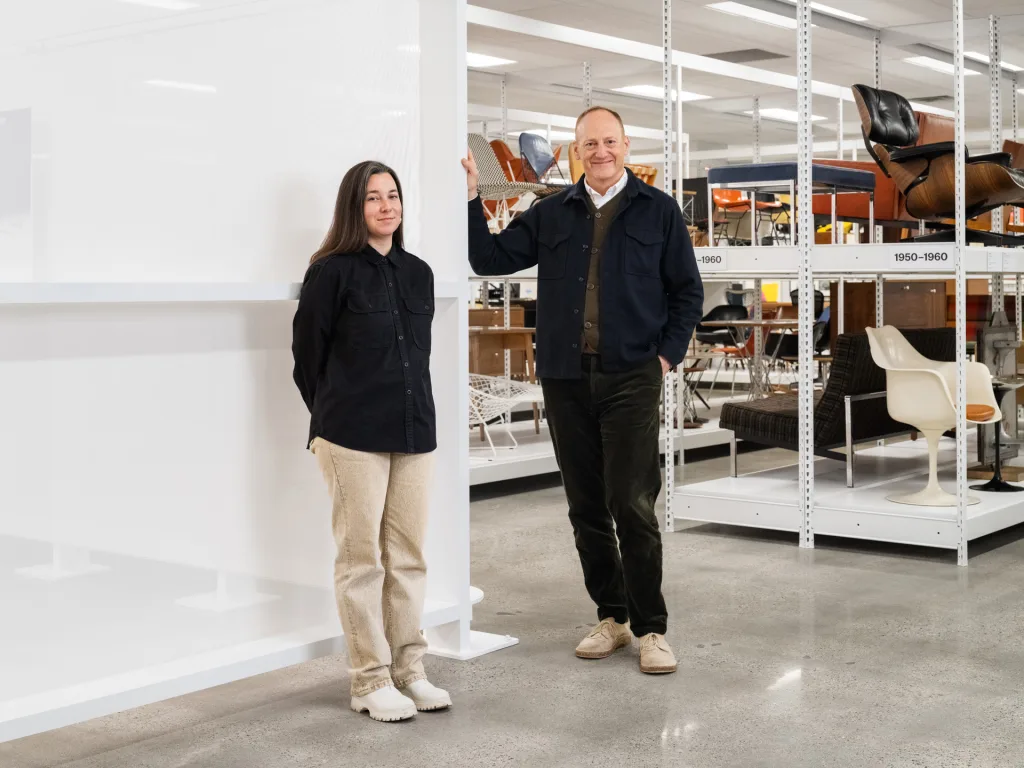
“You really get this encyclopedic look at furniture through the lens of these American design brands,” says Amy Auscherman, the director of Archives and Brand Heritage at MillerKnoll. “What makes the MillerKnoll archive unique, or maybe even more illustrative of the history of design, is we have the finished object, but we also have the correspondence internally with the product development team and the suppliers that outlines why certain decisions got made or why they didn’t. Institutions like MoMA or Cooper Hewitt or the Library of Congress might have marketing material, but they don’t have board minutes and business files.”
A significant impetus for the new archive was Herman Miller’s 2021 purchase of Knoll for $1.8 billion. At the time, the contract furniture industry was reeling from the pandemic. According to a report in Business of Home, Knoll experienced a mass cancellation of orders and forecasted that it would run out of cash. After the acquisition, the publicly traded company changed its name to MillerKnoll, with Herman Miller shareholders owning 78% of the company and Knoll shareholders owning 22%. Since then, MillerKnoll has been integrating Knoll into the business. The company’s sales grew between 2021 and 2023, but dropped 11.2% in 2024.
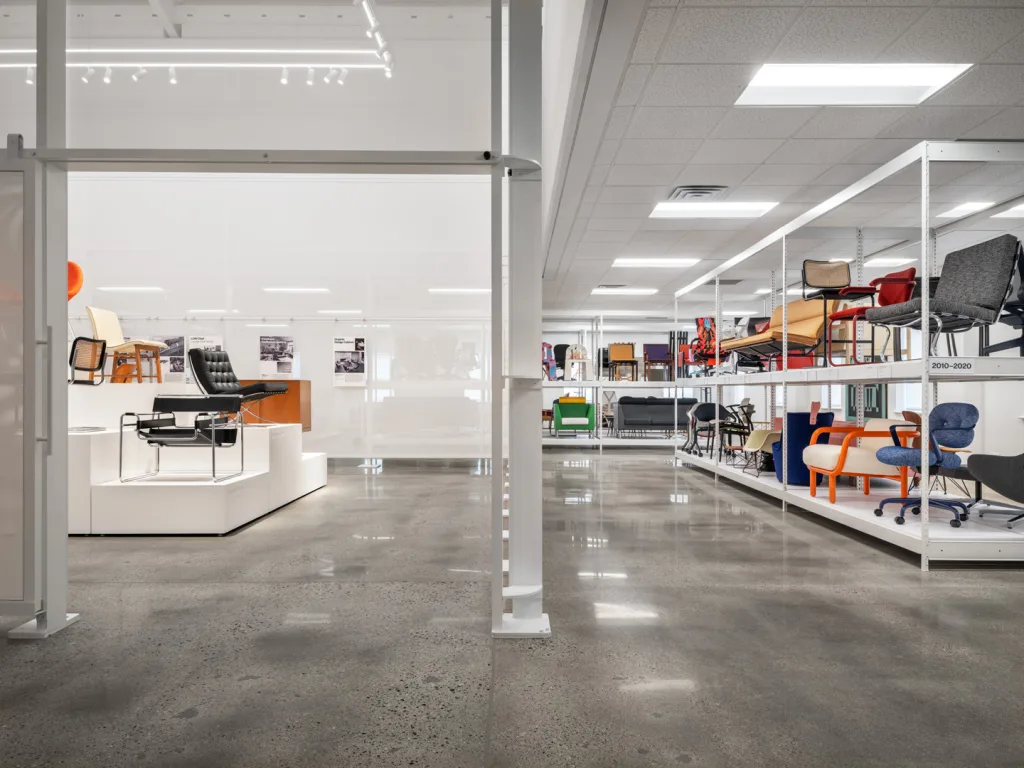
To Auscherman, who was Herman Miller’s archivist before the acquisition, getting an inside look at what another giant in the business of American modernism collected “felt like a dream come true,” she says. Knoll’s collection—which accounts for about half of the MillerKnoll archive—was spread across a few locations: marketing and communications documentation plus KnollTextiles objects lived in its former office in Midtown; most of the furniture was kept in a distribution warehouse in East Greenville, Pennsylvania, where the brand was headquartered and had a museum.
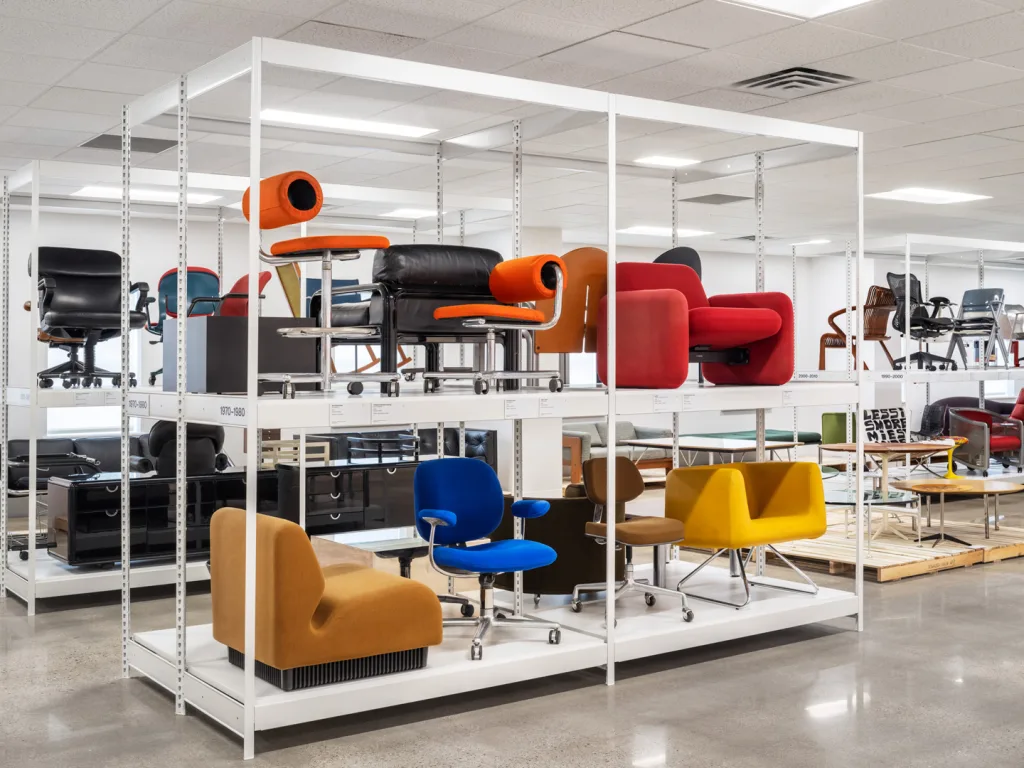
Among the rare materials in the Knoll collection? The material assemblages Florence Knoll created for Knoll Planning Unit clients; Harry Bertoia sculptures including his bronze screens, Sonambients, and dandelions; and a rare Isamu Noguchi Cylinder No. 9 lamp, a design he made before his Akari series. Knoll acquired the Italian furniture company Gavina—which produced works by Achille and Pier Giacomo Castiglioni, Carlo and Tobia Scarpa, Cini Boeri, and Mario Bellini, and owned the rights to Marcel Breuer’s Cesca chair—in 1968 and so some of the most important European modernist designs are part of the archive, too.
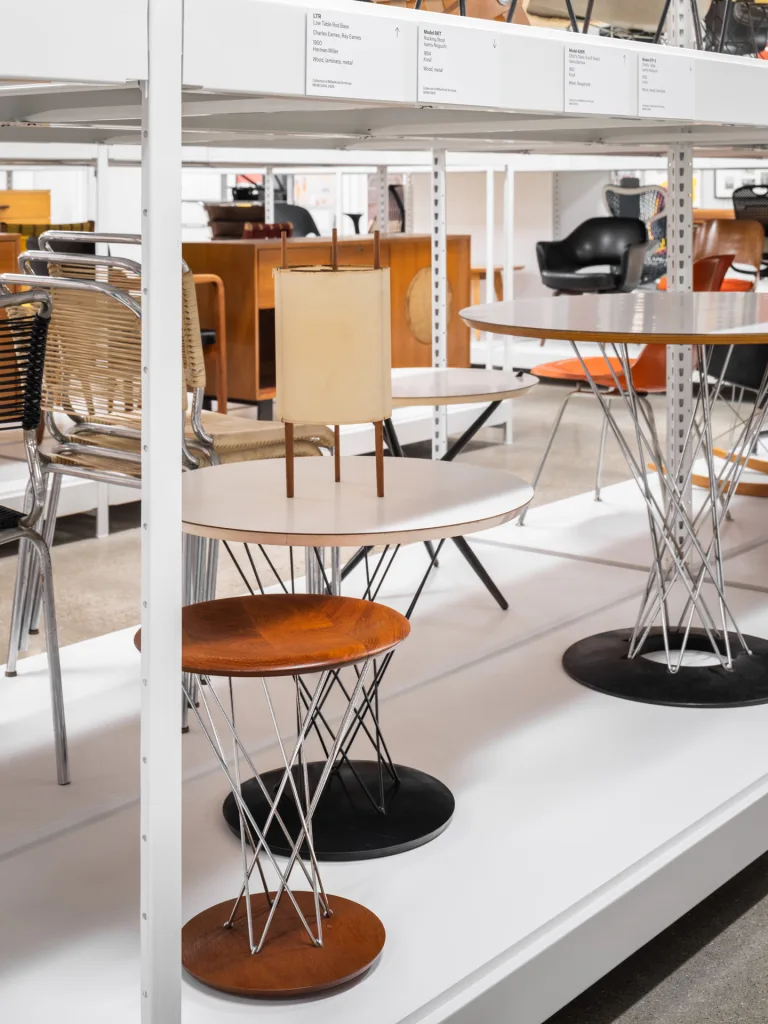
The expanded range of materials helps deepen the story of modern furniture. “A personal mission of mine, and my colleagues, is to widen the canon of design history,” Auscherman says. “So taking that opportunity to sort of use the space to talk about the Eames splint, but also talk about how Gae Aulenti made aluminum extrusion furniture and was taking architecture and turning it into furniture.”
The archive’s inaugural exhibition, Manufacturing Modern, brings together some of the greatest hits from Herman Miller and Knoll to demonstrate the spirit of experimentation and innovation that they possessed, from the molded contours of the Eames Lounge chair and Eero Saarinen Womb chair (both shaped by the designers’ participation in MoMA’s 1941 “Organic Design in Home Furnishings” competition and exhibition) to the bent tubular steel in the Marcel Breuer Cesca chairs.
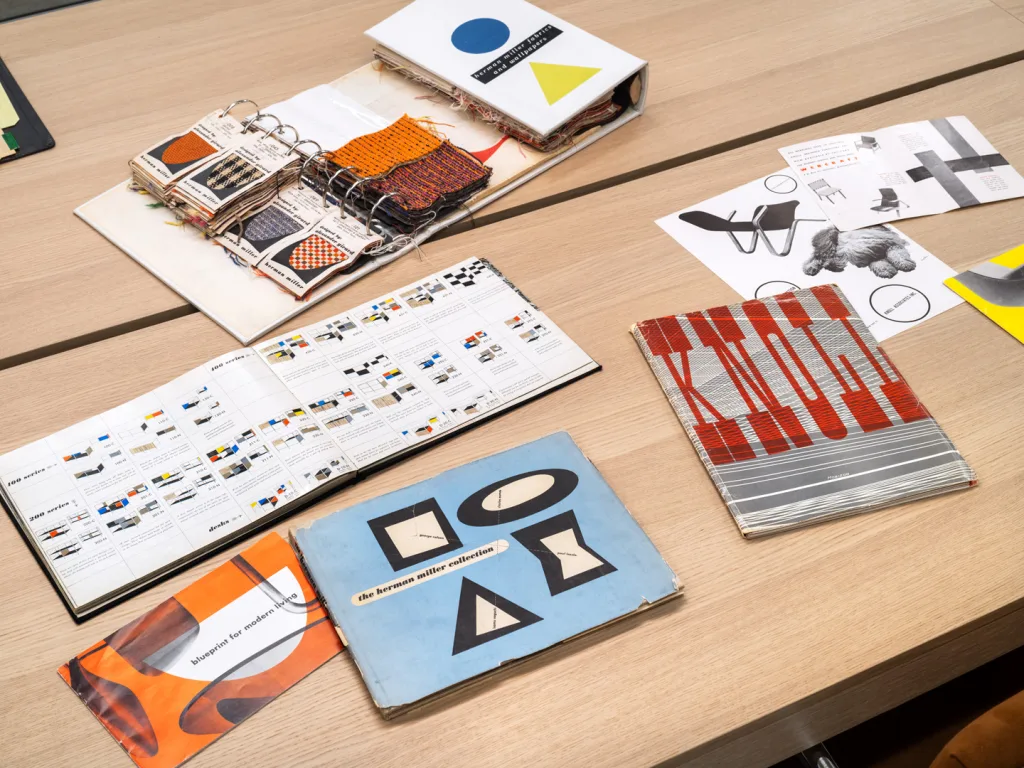
A Working Archive
Visible storage, organized chronologically, accounts for a significant part of the archive. Through this, visitors are able to see a timeline of how innovations like foam unlocked new formal expressions or how designers experimented with modular seating through the decades. While the new archive is certainly bait for historians and fans of modern design, it also serves as an important touchpoint for contemporary designers working with MillerKnoll who will visit the archive as they develop new products.
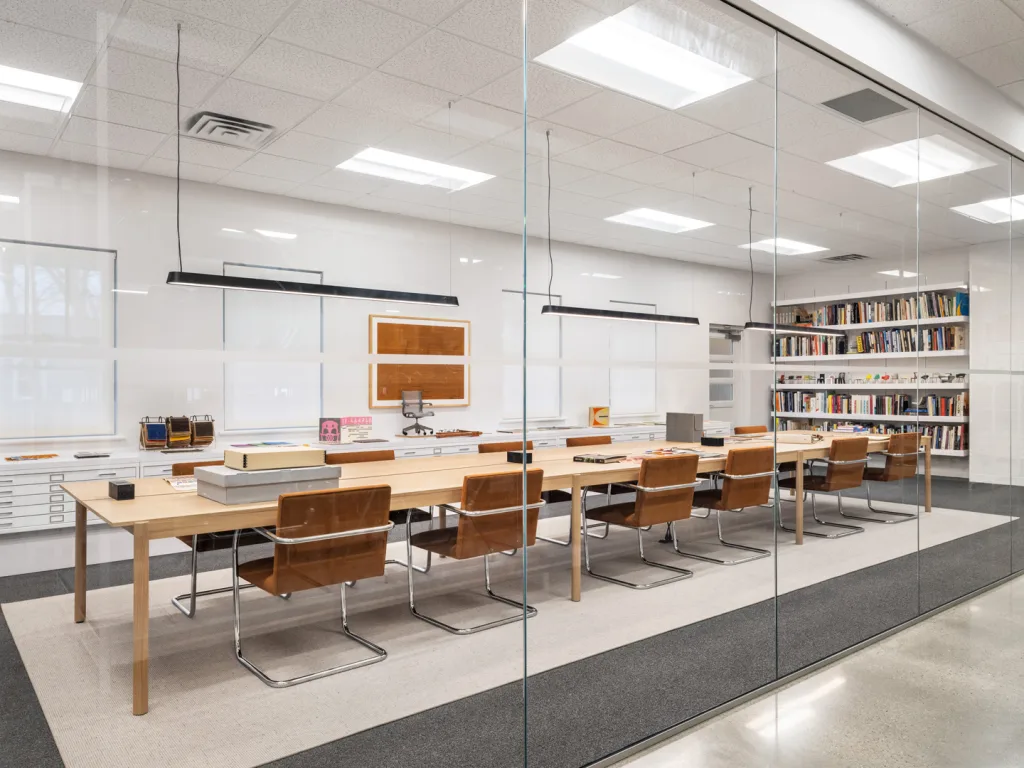
“We can both see and be inspired by how those before us solved problems materially, formally, and visually,” Watson says. “All those things are possible sources of inspiration and learning. You can, instead of repeating mistakes, hopefully go farther, or start with those things and go into new dimensions that weren’t possible or couldn’t be imagined previously.”

And these stories resonate well with the people who buy furniture, too. If you’ve looked at the furniture landscape recently, reissues and archival designs seem to be more popular than ever, from CB2’s Design Legends series to Ikea’s revivals of highly coveted vintage items. Herman Miller’s New Mexico collection—which included a chair inspired by a seat that Ray Eames gave Georgia O’Keeffe and a replica of an Alexander Girard table from the 1950s that wasn’t widely produced—sold out in two hours. With the archive, MillerKnoll is leveraging its competitive edge: over a century’s worth of history.
“I believe that today’s consumers are very design savvy and also that they can sniff out when stories are authentic and legitimate, and if objects have their reason for being,” Watson says. “The approach for all the brands at MillerKnoll is not to chase after trends or make products that are fashion driven for seasonal splash; the only reason they should be reborn is to solve a problem that’s real today, not to have some jive marketing story or to be an exercise in nostalgia.”
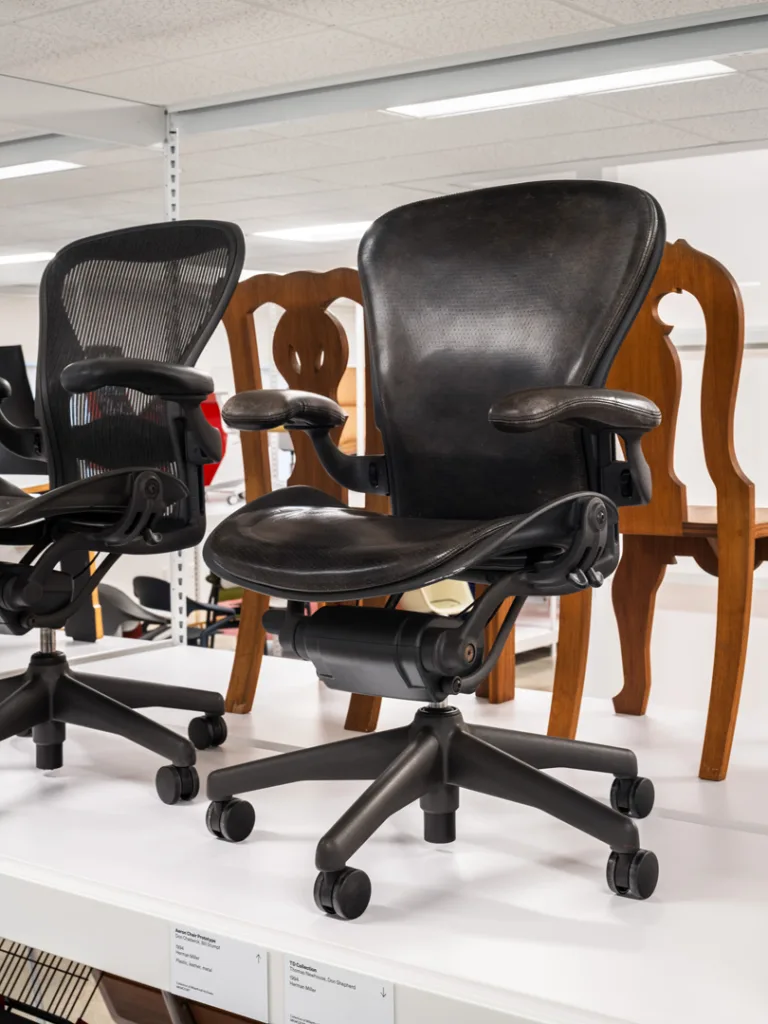
Making Design More Accessible
The MillerKnoll archive is open by appointment to researchers and will offer some ticketed public visiting opportunities through Cranbrook Art Museum, where many MillerKnoll designers studied, and through Docomomo, a modernist preservation organization.
Recently Auscherman hosted a group of fifth graders from a local school who were working on a class project on designing chairs. One of them, perhaps inspired by the Saarinen Tulip collection, sketched a flower and called it their own tulip chair. “That was super fun to get to do,” Auscherman says. “This is a space for inspiration and making design accessible to people.”














































































































































































![[The AI Show Episode 151]: Anthropic CEO: AI Will Destroy 50% of Entry-Level Jobs, Veo 3’s Scary Lifelike Videos, Meta Aims to Fully Automate Ads & Perplexity’s Burning Cash](https://www.marketingaiinstitute.com/hubfs/ep%20151%20cover.png)

























































































































![[DEALS] FileJump 2TB Cloud Storage: Lifetime Subscription (85% off) & Other Deals Up To 98% Off – Offers End Soon!](https://www.javacodegeeks.com/wp-content/uploads/2012/12/jcg-logo.jpg)

































































































































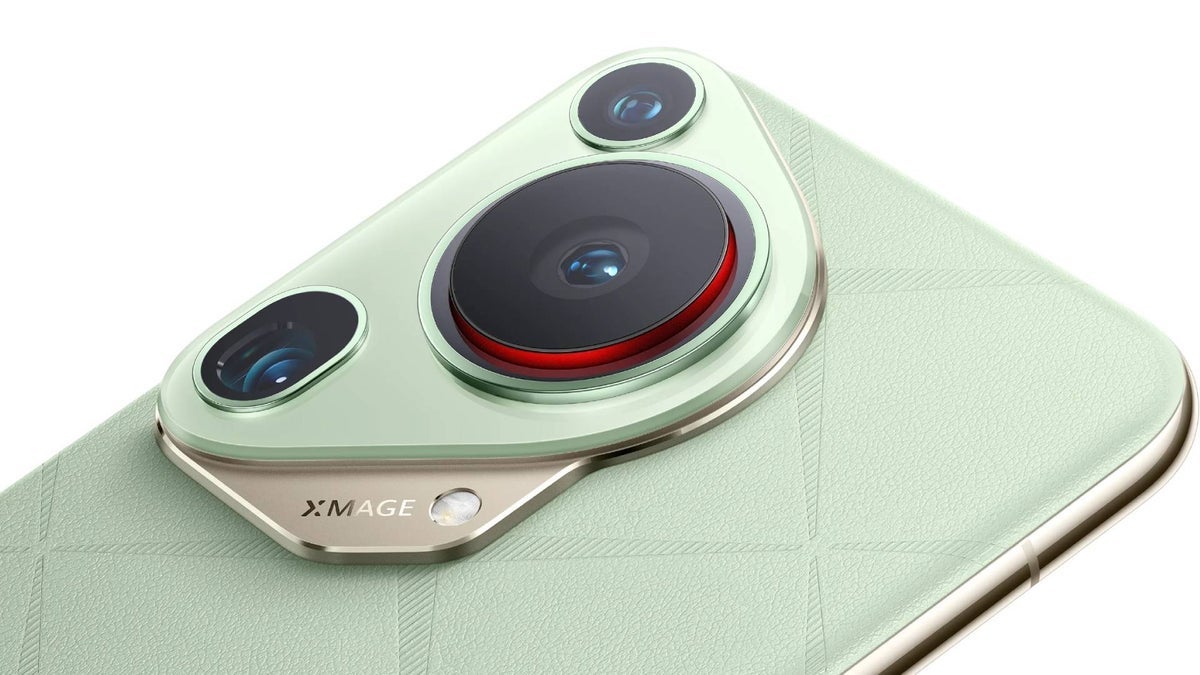




























































































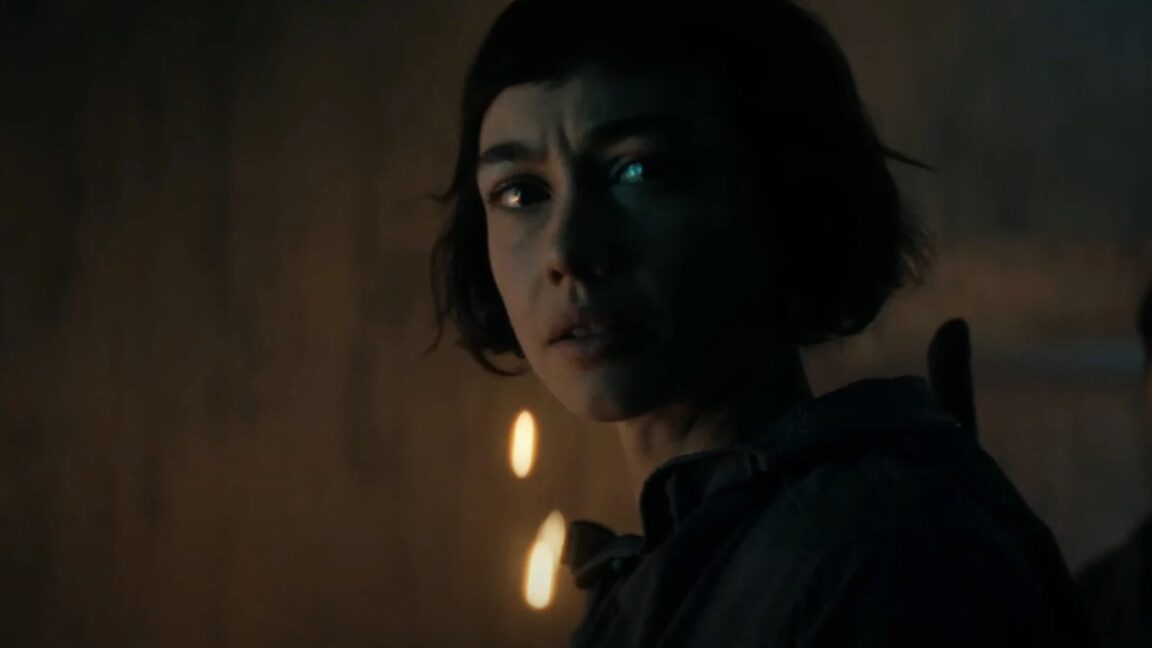



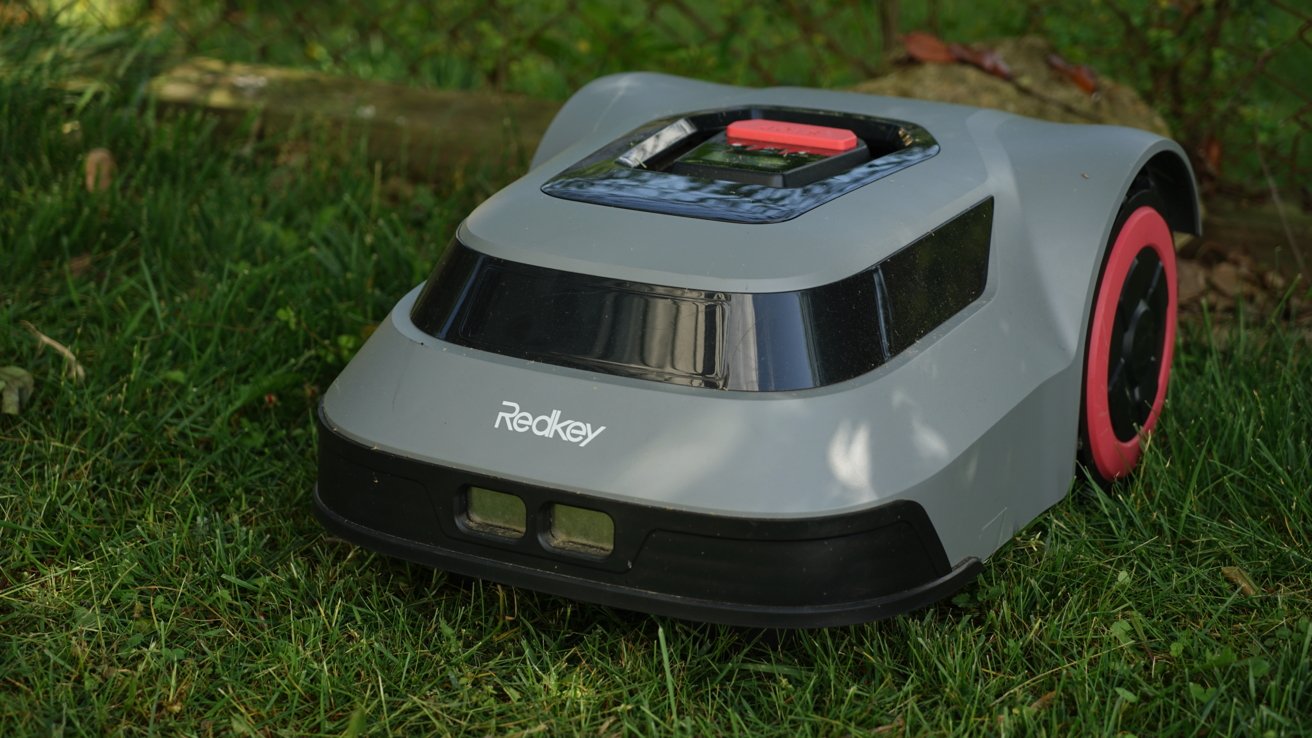
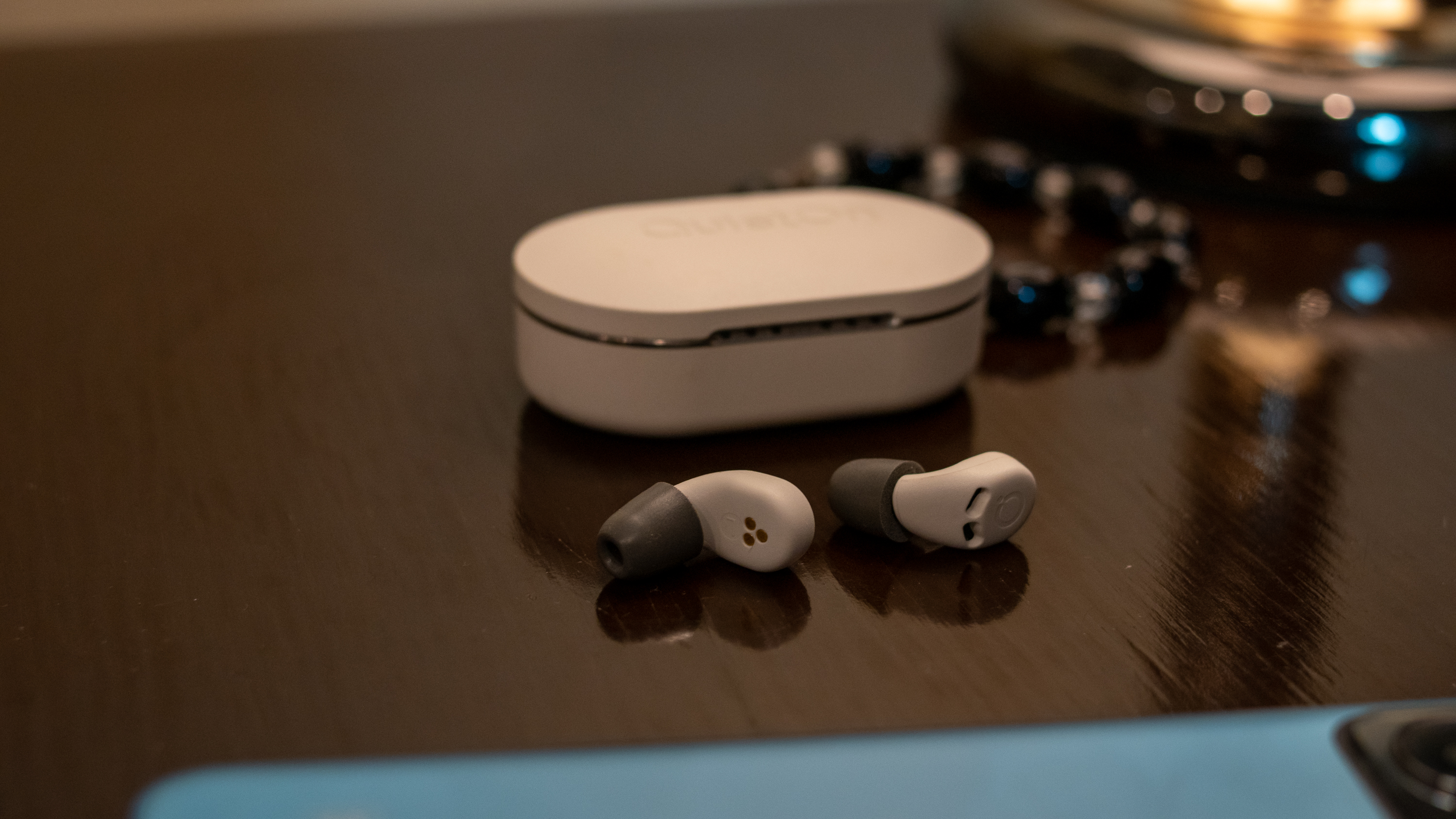




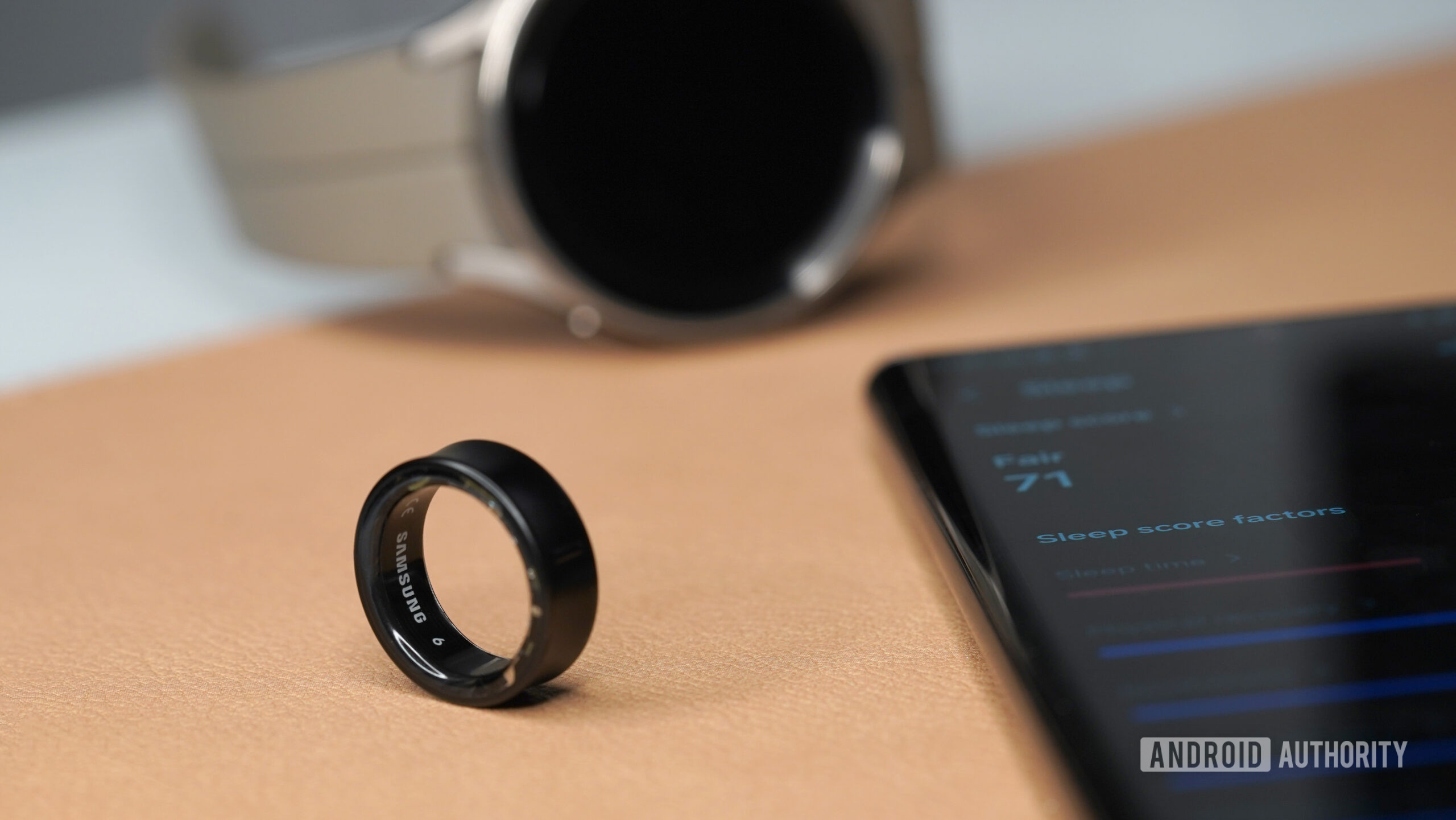





















![Apple Shares Official Trailer for 'The Wild Ones' [Video]](https://www.iclarified.com/images/news/97515/97515/97515-640.jpg)




















